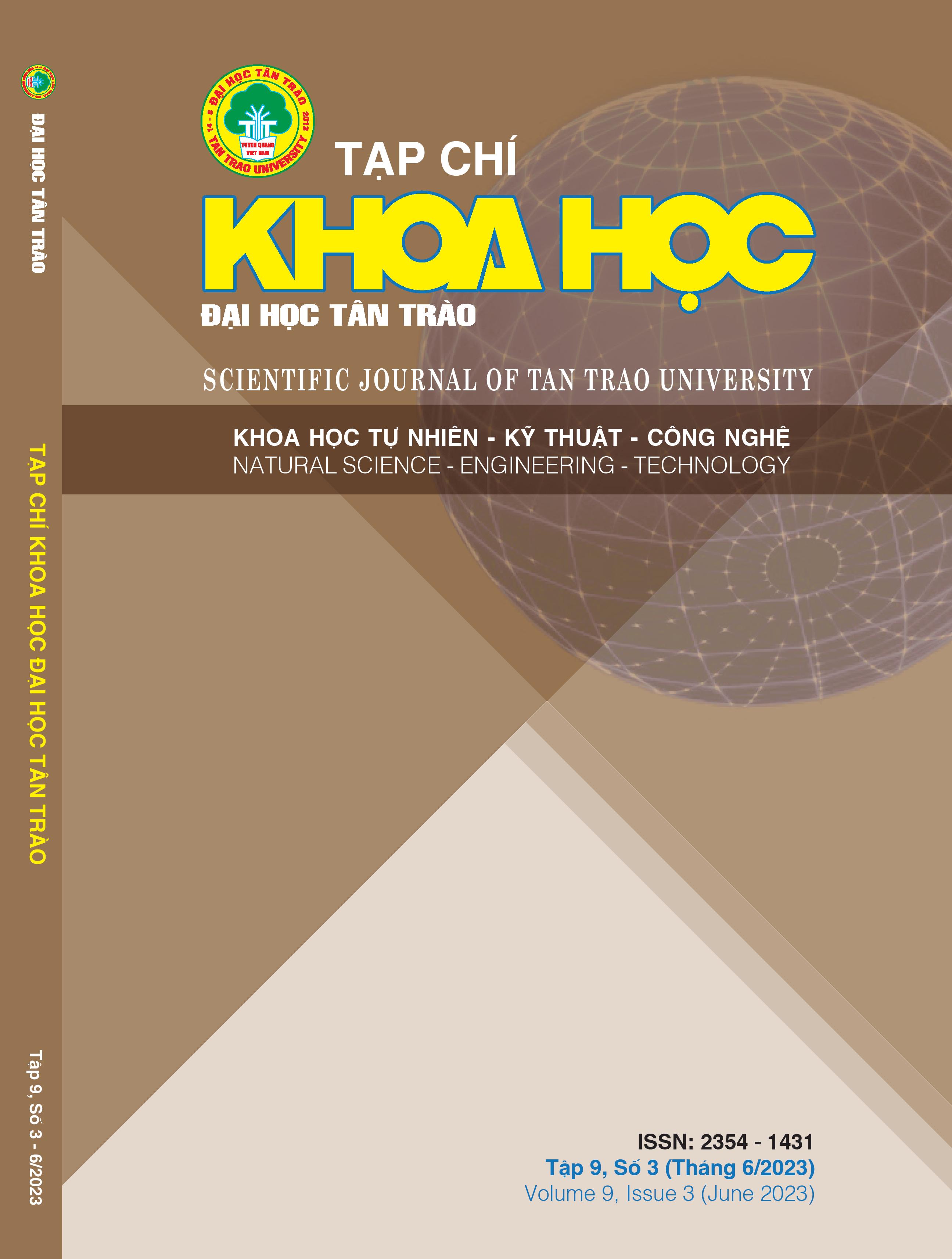A CASE STUDY OF DEVELOPMENT OF SOCIAL NETWORK APPLICATION USING FIREBASE AND REACT NATIVE
DOI:
https://doi.org/10.51453/2354-1431/2023/967Keywords:
Firebase, React Native, Social Network.Abstract
In recent years, with the emergence of Information and Communications technologies, internet and social networking applications are considered to have the potential ability to access news and information. The applications support people to solve many different issues regardless of space and time. Social networking applications are a very powerful to collect and share information of many people. The application allows people to put news, thoughts, ideas, and images anywhere, at any time. React Native is a framework which is becoming increasingly popular. Thousands of applications were developed using React Native (e.g. Facebook, AirBnB, Uber). Many information technology organizations have developed their platforms by using React Native. Firebase is a Google-owned platform for developing mobile applications and websites. The database consists of simple APIs and powerful networks and without using backend or server. Firebase allows developers to save deployment time and efforts to develop applications.The paper presents the development of the social networking application using the React Native and Fire base that supports users (especially for students) to collect, share information in the study efficiently.
Downloads
References
[1] Trịnh Hòa Bình, Lê ThếLĩnh (2015), “Mạng xã hội trực tuyến của giới trẻ ở đô thịhiện nay”, tạp chí xã hội học số1 (129),tr52-59
[2] Boyd, D. (2007), Why Youth (Heart) Social Network Sites: The Role of Networked Publics in Teenage Social Life, MacArthur Foundation Series on Digital Learning -Youth, Identity, and Digital Media Volume (ed. David Buckingham), Cambridge, MA: MIT Press
[3] Hayes B (2008), “Cloud computing”,Communications of the ACM,51(7):9–11
[4] Onur Isbulan (2012), “A new addiction for teacher candidates: Social network”, The Turkish Online Journal oƒ Educational Technology, 11 (3), 14-19
[5] Klein, A. (2001), “Les homepages, nouvelles écritures de soi, nouvelles lectures de l'autre”,Spirale Revuede Recherches en Éducation, 28, 67-82
[6] Trần Hữu Luyến, Trần Thị Minh Đức, Bùi Thị Hồng Thái (2015), Mạng xã hội với sinh viên,Nxb.Đại học Quốc gia Hà Nội, Hà Nội.
[7] Kuss, DJ, Grifiths, M.D, (2011), “Excessive online social networking: Can adolescents become addicted to Facebook?”, Education and Health 29, Vol.29 No. 4, 68-71.
[8] Manago, A.A. and others (2007), Self -Presentation and Gender Differences on the MySpace Network,Department of Psychology, UCLA
[9] Sergerie, M-A., Lajoie, J. (2007), “Internet: usage problématique etf usage approprié”,Revue québécoise de psychologie, 28(2), p.149 -159
[10] Valkenburg, P„ Peters, J. (2007), “Preadolescents’ and Adolescents’ Online Communicaion and Their Closeness to Friends”, Developmental Psychology 43 (2), 267-77
Downloads
Published
How to Cite
Issue
Section
License

This work is licensed under a Creative Commons Attribution-ShareAlike 4.0 International License.
All articles published in SJTTU are licensed under a Creative Commons Attribution-ShareAlike 4.0 International (CC BY-SA) license. This means anyone is free to copy, transform, or redistribute articles for any lawful purpose in any medium, provided they give appropriate attribution to the original author(s) and SJTTU, link to the license, indicate if changes were made, and redistribute any derivative work under the same license.
Copyright on articles is retained by the respective author(s), without restrictions. A non-exclusive license is granted to SJTTU to publish the article and identify itself as its original publisher, along with the commercial right to include the article in a hardcopy issue for sale to libraries and individuals.
Although the conditions of the CC BY-SA license don't apply to authors (as the copyright holder of your article, you have no restrictions on your rights), by submitting to SJTTU, authors recognize the rights of readers, and must grant any third party the right to use their article to the extent provided by the license.


